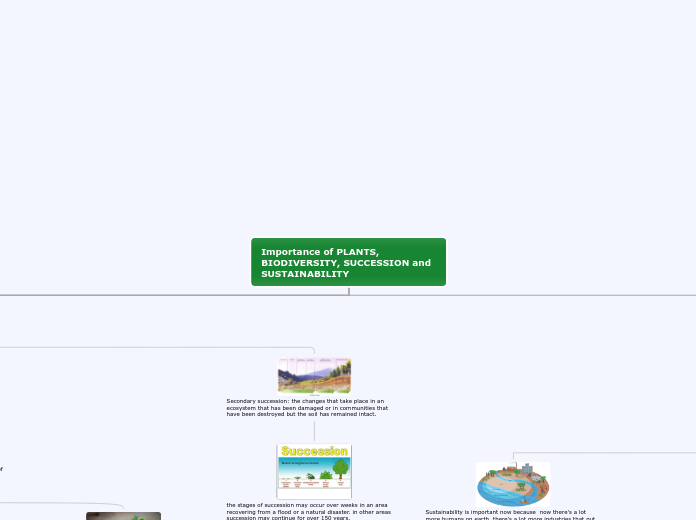TROPICAL RAINFOREST
Tropical rainforest is an ecosystem type that occurs roughly within the latitudes 28 degrees north or south of the equator (in the equatorial zone between the Tropic of Cancer and Tropic of Capricorn).
Plants Adaptations
1. Bark
In drier, temperate deciduous forests a thick bark helps to limit moisture evaporation from the tree's trunk. Since this is not a concern in the high humidity of tropical rainforests, most trees have a thin, smooth bark. The smoothness of the bark may also make it difficult for other plants to grow on their surface.
2. Lianas
Lianas are climbing woody vines that drape rainforest trees. They have adapted to life in the rainforest by having their roots in the ground and climbing high into the tree canopy to reach available sunlight. Many lianas start life in the rainforest canopy and send roots down to the ground.
3. Drip Tips
The leaves of forest trees have adapted to cope with exceptionally high rainfall. Many tropical rainforest leaves have a drip tip. It is thought that these drip tips enable rain drops to run off quickly. Plants need to shed water to avoid growth of fungus and bacteria in the warm, wet tropical rainforest.
4. Buttresses
Many large trees have massive ridges near the base that can rise 30 feet high before blending into the trunk. Why do they form? Buttress roots provide extra stability, especially since roots of tropical rainforest trees are not typically as deep as those of trees in temperate zones.
5. Prop and Stilt Roots
Prop and stilt roots help give support and are characteristic of tropical palms growing in shallow, wet soils. Although the tree grows fairly slowly, these above-ground roots can grow 28 inches a month.
6. Epiphytes
Epiphytes are plants that live on the surface of other plants, especially the trunk and branches. They grow on trees to take advantage of the sunlight in the canopy. Most are orchids, bromeliads, ferns, and Philodendron relatives. Tiny plants called epiphylls, mostly mosses, liverworts and lichens, live on the surface of leaves.
Layers Of the Forest
Rainforests are divided into different strata, or layers, with vegetation organized into a vertical pattern from the top of the soil to the canopy .
The forest floor, the bottom-most layer, receives only 2% of the sunlight. Only plants adapted to low light can grow in this region. Away from riverbanks, swamps and clearings, where dense undergrowth is found, the forest floor is relatively clear of vegetation because of the low sunlight penetration
Understorey later which is usually 6 m to 15 m . Tress have narrowe , oval-shaped crowns .Most of the sunloight is blocked by the canopy
The canopy is the primary layer of the forest forming a roof over the two remaining layers. It contains the majority of the largest trees, typically 30–45 m in height
emergent layer contains a small number of very large trees, called emergents, which grow above the general canopy, reaching heights of 45–55 m, although on occasion a few species will grow to 70–80 m tall
Charactersistics
Tropical rainforests are characterized in two words: warm and wet. Mean monthly temperatures exceed 18 °C (64 °F) during all months of the year. Average annual rainfall is no less than 168 cm (66 in) and can exceed 1,000 cm (390 in) although it typically lies between 175 cm (69 in) and 200 cm (79 in).[5] This high level of precipitation often results in poor soils due to leaching of soluble nutrients.
Tropical rainforests are characterized in two words: warm and wet. Mean monthly temperatures exceed 18 °C (64 °F) during all months of the year.[4] Average annual rainfall is no less than 168 cm (66 in) and can exceed 1,000 cm (390 in) although it typically lies between 175 cm (69 in) and 200 cm (79 in).[5] This high level of precipitation often results in poor soils due to leaching of soluble nutrients.
Most tropical rainforests are located around or near the equator, therefore having what is called an equatorial climate characterized by three major climatic parameters: temperature, rainfall, and dry season intensity
Tropical rainforests are warm, wet forests with many tall trees. In most tropical rainforests, it rains every day
Location of the tropical rainforests
-Amazon Basin
-Congo basin
- South east Asia .









